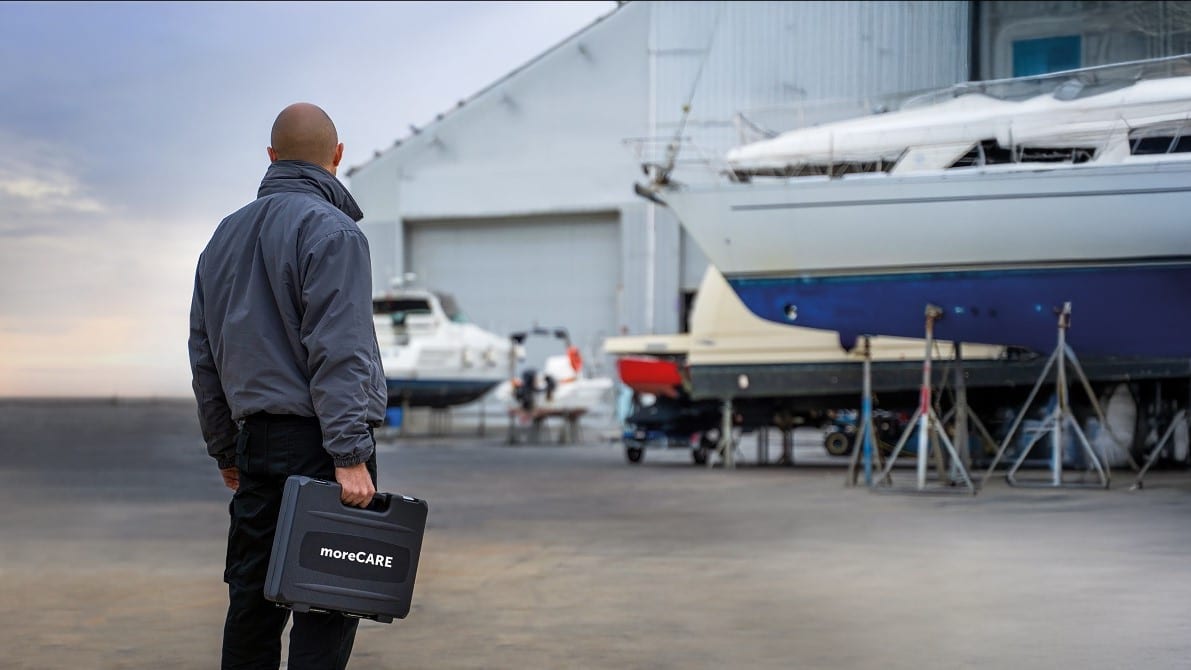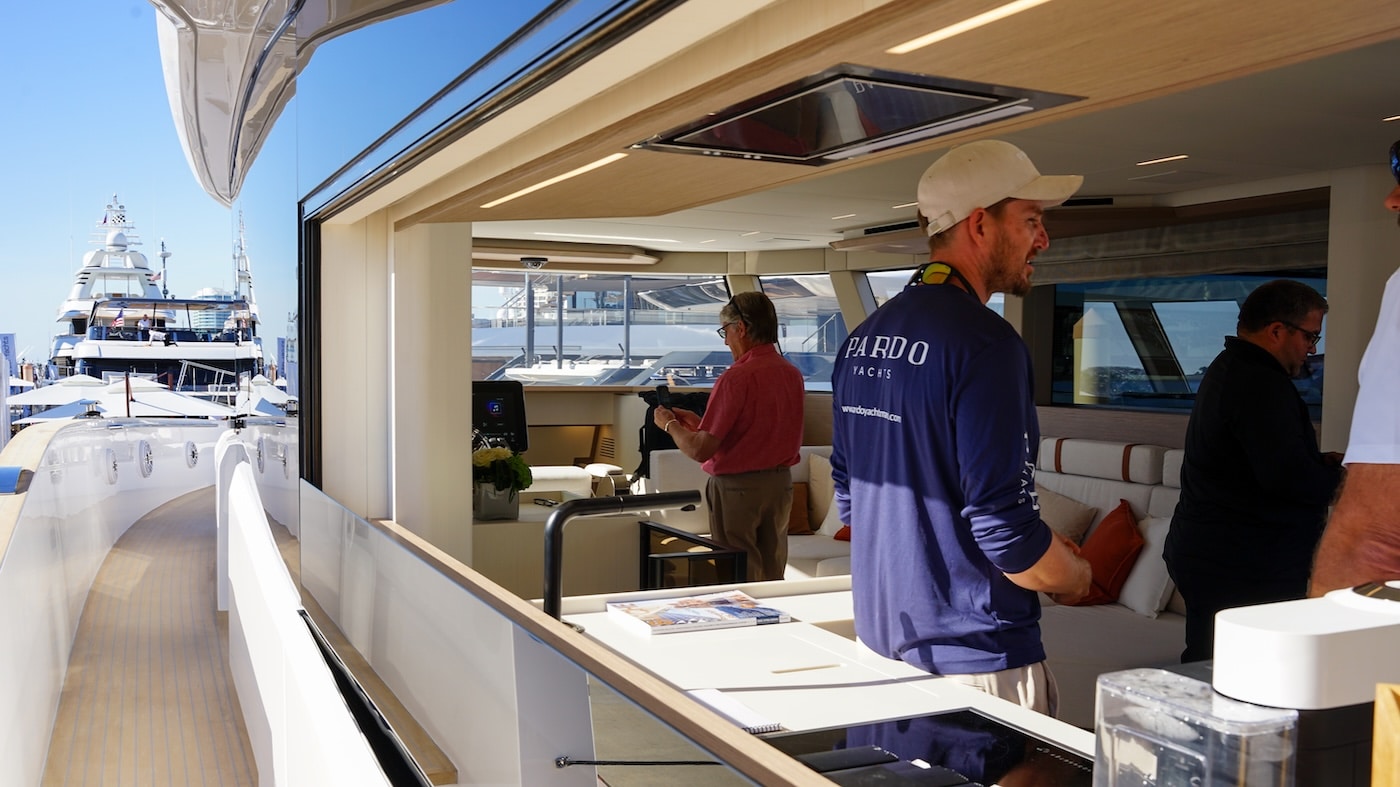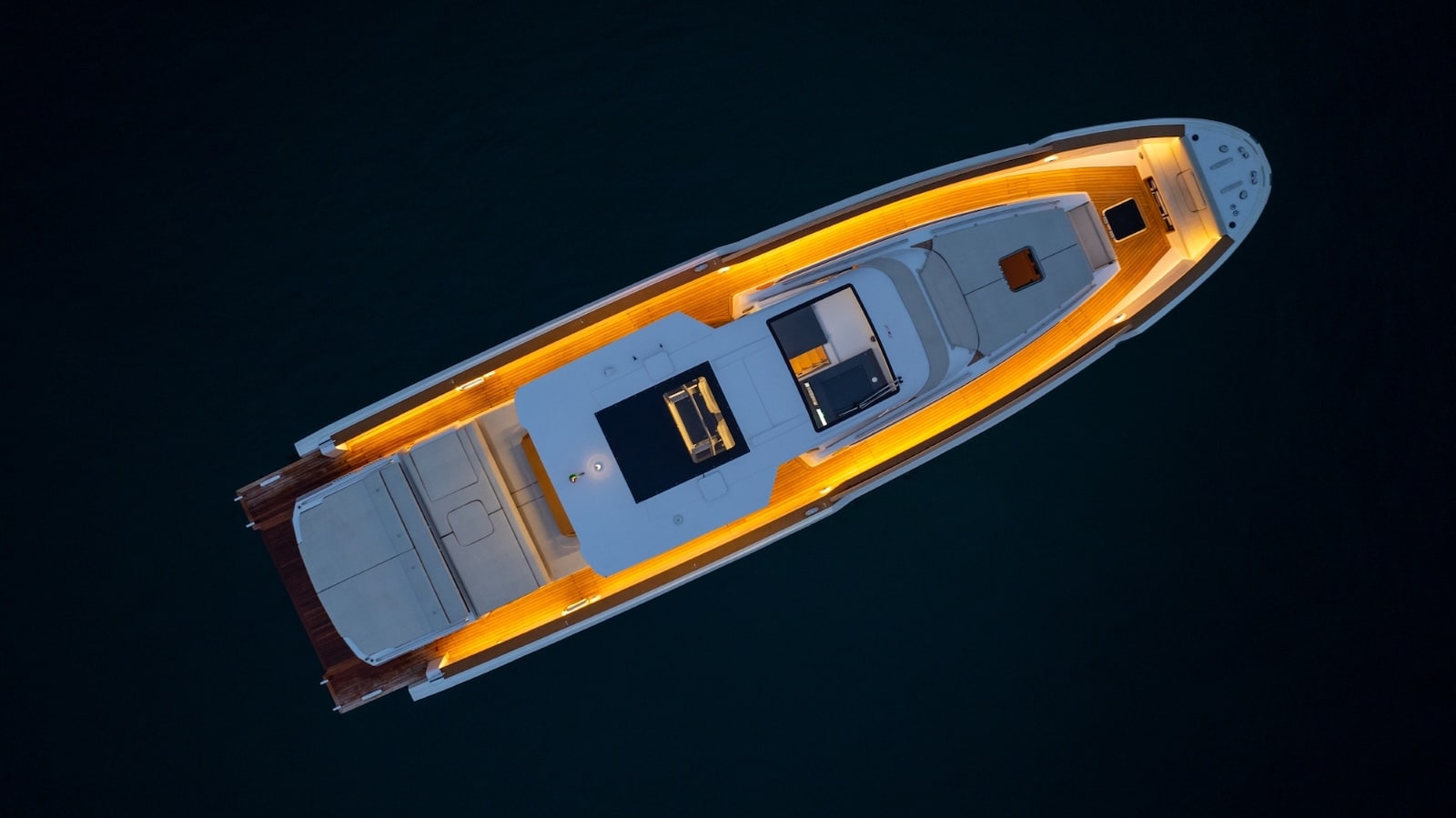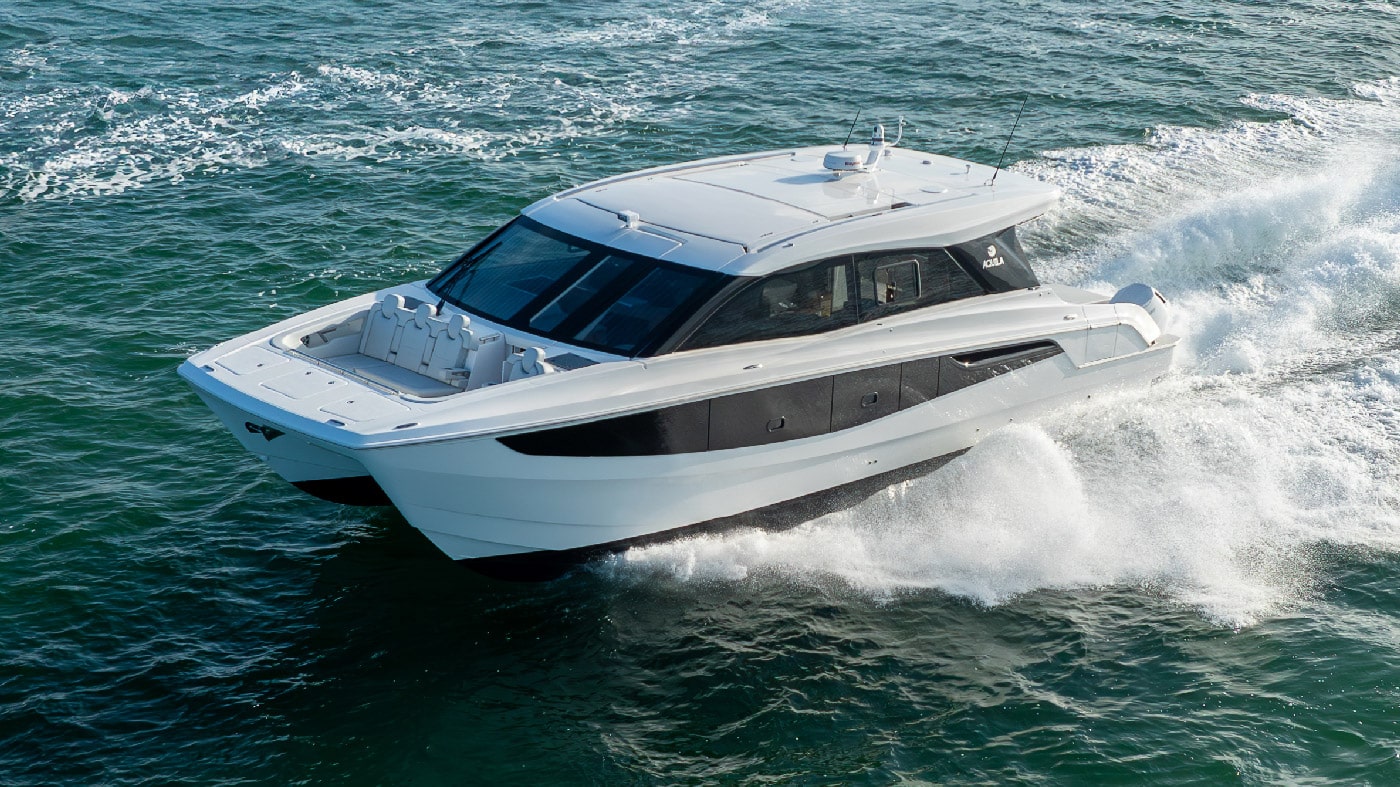Together with leak, fire is the most serious emergency which can occur at sea. Even though the galley is statistically the most dangerous area, the possible causes of fire on board can be multiple: electric systems, engine, batteries, sparks near leaky tanks.
On the other hand, the boat offers the fire much “food” to feed itself: wood, tissues, fiberglass, sails, ropes. Everything we have on board, whether we have a sailing or a motor boat, is highly flammable. This means that, when a fire breaks out, it’s very difficult to prevent it from spreading to the rest of the boat.
Consequently, the first thing to do is to adopt a series of precautions, special equipment and specific prevention measures in order to reduce any potential risk.
As already mentioned, galley is one among the places with the highest risk of fire. The reason for that is rather obvious, especially in the case of a small, poorly ventilated galley, where the flames of the stoves burn close to flammable materials.
If the shape, volumes and layout of this zone cannot be changed, we can however adopt some precautions. First of all, a proper cleaning can help nozzles to work perfectly. Then, the thermocouple which stops the gas emission in case of accidental shutdown of the flame must be perfectly fully functional. Not less important is the perfect cleaning of both hobs and grills since residual grease or food can start flames.
While cooking, water can be a formidable enemy. Just few spurts on a frying pan with some boiling oil inside are sufficient to produce blazes that maybe wouldn’t provoke any damages in a large room but that, in a galley, could immediately reach blinds, wood and plastic.
As a result, we must absolutely avoid to put a hot pan containing boiling oil under water since the risk of a violent blaze is very high.
When we finish cooking, we have to turn off the gas. Nobody does it, including myself, but the ideal would be to close first the tank tap and then the stove so that no pressure remains in the circuit.
If, despite all our precautions and maintenance, a fire breaks out, a fire blanket, whose box must be installed on the bulkhead closest to stoves, can certainly gives us a hand. The blanket, in fact, is able to beat the flames. If you don’t have one, a pure wool or wet cotton garment is a good solution, too.
Since we’re talking about galley, let’s deal with the delicate matter of its power supply. The gas we generally use is Gpl. It’s not toxic but it’s highly inflammable. A very small concentration of gas in the air (just 3-4%), is sufficient to start fire at the only presence of sparks. Thus, in addition to locating gas tanks in the specific external lockers of which all modern boats are equipped and checking their supply valves and tubes periodically, we have to install a gas detector. Its sensors can be placed in different places and, when the presence of gas is detected, an alarm goes off.
Gas detectors are very useful because Gpl has a high specific weight; so, it tends to stagnate down, maybe in the bilge, where its presence cannot be smelt.
The electric system is another element at risk because of the potential high concentration of heat in case of corrosions, rust and infiltrations. It only takes a little resistance generated in a rusted connector to develop very high concentrations of heat and start fires. Of course, if the electric system is compliant with legal standards, risks are lower and just a visual check can be sufficient.
More serious problems can occur in the presence of “do-it-yourself” makeshift systems with no proper sizes and wire sections, which can become dangerous heat sources. If we have some doubts about our systems, a detailed check by a professional technician is certainly a good investment.
Engine room, too, is a place where fires are likely to break out. It is often said that diesel, generally used to power most of the engines on both sailing and motor boats, is not inflammable. This is indeed a matter of temperatures. Patrol produces fumes which are inflammable from -20°; diesel, on the contrary, needs 65 degrees above zero to burst into flames.
So, more difficult, yes, but not impossible. Today, all engines are equipped with specific devices reducing the risk of fire, such as non-flammable materials for the engine insulation or external flow breakers. Anyway, a detailed periodic inspection of cleaning in the engine compartment is essential. Grease, dirt, fuel leakages are all excellent primers for a fire.
Modern boats are increasingly more equipped with batteries requiring no maintenance, like gel ones. However, traditional batteries are still common and they require a systematic monitoring, weekly at least, during the cruising season in order to check that all components are always perfectly covered by battery water and at the right temperature. In the case of excessive or too fast charges, we probably have a problem with the battery master switch. If we don’t manage to verify the reasons for a suspected overheating, we immediately have to call a technician. Exploded batteries can easily cause a fire.
Another risk lies in our tanks placed in the lockers, generally full of fuel for our outboard. Their external position makes them dangerous especially because they are placed in a locker, maybe together with metal equipment, which could easily result in a spark.
First of all, we must make sure that our tank is a fuel tank with an air-tight stopper and no leaks; then, it must be placed right and fixed so that it doesn’t capsize and doesn’t bump into other objects.
Essential equipment, systems compliant with legal standards and few precautions are the basis to reduce any risk of fires. When it breaks out, a fire is a very serious emergency which required some specific techniques that we will see in another article in the next few days.




























